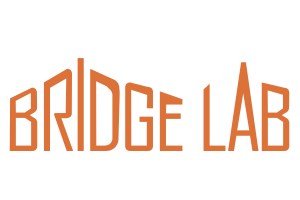

ĭigital health solutions can enable broad preventive screening at primary health care centers and/or bundling of basic tests. This allows users to interact with systems that streamline contact tracing, provide on-demand information on vaccines and testing, and deliver screening passports for access to re-opened schools, etc.
#Bridge diagnostics lab software#
A suite of tools used for COVID-19 communication and risk passports in South Africa, HealthConnect uses WhatsApp business software and a chatbot platform to communicate instantly with users’ smartphones and relevant government agencies. An example is HealthConnect, which was inspired by an existing, pre-pandemic health communications platform.

User-centered digital health solutions can improve early access to health information. Accessible tools can optimize resources and be deployed in diverse geographic and health care settings. įollowing are key features identified by the assessment as having the power to transform access to diagnostics across the study countries and other LMICs ( based on 60 expert interviews, 500 patient surveys, and literature review):ĭigital solutions provide a way to bring diagnostics closer to people. By using country reported data to highlight real-world diagnostic gaps, the assessment can help drive more equitable access to reliable diagnosis via digital innovation (including for COVID-19 diagnosis and case management ).

This includes their use to facilitate decentralized diagnostic approaches like user-friendly chatbots and telemedicine, a rise in wearables and at-home tests, new scopes of epidemiological surveillance, responsive data governance frameworks, data-visualization tools for decision support, and interoperable solutions linking screening to lab testing.īaseline findings from the 2020 assessment found echoes in the COVID-19 context. Though the study had been designed to focus on diagnostic gaps for HIV/AIDS, diabetes, tuberculosis, and other diseases, the COVID-19 pandemic soon became a key indicator of the future direction of digital diagnostic solutions. Of particular interest were diagnostic gaps affecting the earliest stages of the care cascade when health information and preventive care are sought. Communities, governments, and diagnostics stakeholders cannot arrive at efficient, data-driven digital health solutions, without first identifying the gaps those solutions can bridge.įIND and the Eureka Idea Consortium conducted an assessment from March to July 2020 to identify critical diagnostic gaps-and the digital health solutions that could contribute to addressing them-across 4 LMICs with varying digital infrastructures and needs (Peru, India, Nigeria, and Uganda). For example, bringing digital screening and diagnosis tools closer to people is imperative to improving health outcomes and expanding access to services in LMICs. With so much of the global population lacking timely and reliable access to the right diagnostic tools, the digital solutions boom must be leveraged to bridge inequity in access to diagnostics and care. Basic diagnostic capacity is available in only 1% of primary care clinics in some low- and middle-income countries.
#Bridge diagnostics lab series#
Although COVID-19 has made “PCR test” a household name in much of the world, the reality is that diagnostic testing remains the biggest gap in the “care cascade”-the series of steps people go through to access health care. While perhaps eye-watering, the swab used for a polymerase chain reaction assay is part of a decades-long diagnostic revolution. Raise your hand if you’ve experienced a far-reaching nasal swab at least once in the last 12 months.


 0 kommentar(er)
0 kommentar(er)
